The Difference Between Hand Quilting and Machine Quilting
Quilting, a cherished craft that weaves together fabric and creativity, comes in two primary forms: hand quilting and machine quilting. Each method carries its own unique charm, processes, and advantages, making them appealing to different types of quilters. Whether you’re a seasoned pro or a curious beginner, understanding these differences can help you choose the right approach for your next quilting project. So, let’s dive into the world of quilting and explore what sets these two techniques apart!
To appreciate the nuances of hand and machine quilting, it’s essential to grasp their foundational principles. Hand quilting is often viewed as a labor of love, steeped in tradition and artistry, while machine quilting has emerged as a modern marvel that enhances efficiency and precision. Historically, quilting dates back centuries, serving both functional and decorative purposes. Over time, the evolution of tools and techniques has transformed quilting from a necessity to a celebrated craft, allowing for personal expression and creativity.
Hand quilting is more than just a technique; it’s a timeless art form that emphasizes craftsmanship and the personal touch of the quilter. With each stitch, there’s an opportunity to infuse personality and emotion into the quilt. This method invites quilters to slow down and engage in a meditative process, allowing the mind to wander while the hands work. The rhythm of hand stitching can be incredibly soothing, making it a favorite among those who appreciate the journey as much as the destination.
To embark on a hand quilting adventure, you’ll need a few essential tools and materials. The right selection can make all the difference in your quilting experience. Here’s a brief overview of what you’ll need:
- Fabric: Choose high-quality cotton or blends to ensure durability and ease of handling.
- Needles: Opt for quilting needles, which are designed to penetrate multiple layers of fabric.
- Thread: Use cotton thread for its strength and compatibility with fabric.
Fabric selection is crucial in hand quilting. The type of fabric you choose can significantly affect the overall look and feel of your quilt. For instance, lightweight cotton is great for intricate patterns, while heavier fabrics can provide a cozy, warm finish. When selecting fabrics, consider factors such as texture, color, and print. Mixing and matching different fabrics can create a stunning visual effect, but it’s essential to ensure they complement each other.
There are several fundamental techniques used in hand quilting that can help beginners develop their skills. Some popular stitching styles include:
- Running Stitch: A simple stitch that creates a classic look.
- Whip Stitch: Often used for basting layers together.
- Backstitch: Provides a strong, durable seam.
Mastering these techniques enhances your quilting repertoire and allows for greater creativity in your projects.
Hand quilting offers unique advantages that resonate with many quilters. One of the most significant benefits is the sense of personal expression it provides. Each quilt becomes a reflection of the quilter's personality and emotions, making it a cherished piece. Additionally, the tactile experience of working with fabric and thread can be incredibly rewarding. Many quilters find joy in the slow, deliberate process of hand stitching, which fosters a deeper connection to their work.
On the other hand, machine quilting has revolutionized the quilting process, introducing speed and precision that hand quilting may not match. The mechanics of machine quilting allow for quicker completion of projects, making it an attractive option for those who want to create beautiful quilts in less time. With various types of machines available, quilters can choose models that suit their specific needs, whether they’re looking for a basic sewing machine or a more advanced longarm quilting machine.
Machine quilting techniques cater to various styles and preferences. Here’s a brief look at some popular methods:
- Free-Motion Quilting: Allows for creative freedom, enabling quilters to create intricate designs.
- Walking Foot Quilting: Ensures even feeding of layers, ideal for straight-line quilting.
Each technique brings its own unique features to the table, appealing to different quilters based on their style and project requirements.
Machine quilting provides several compelling benefits. The most notable is speed; it allows quilters to complete projects in a fraction of the time it takes to hand quilt. Additionally, machine quilting offers precision that can be challenging to achieve by hand, especially for intricate patterns. This precision can lead to more uniform stitches and a polished finish, making it a popular choice for those looking to produce high-quality quilts quickly.
As we wrap up this exploration of hand and machine quilting, let’s address some common questions:
- Which method is better for beginners? Hand quilting may be more accessible for beginners, as it requires fewer tools and allows for a slower pace.
- Can I combine both methods? Absolutely! Many quilters enjoy incorporating both hand and machine techniques in their projects.
- How do I choose between hand and machine quilting? Consider your personal preferences, the time you have available, and the type of project you’re working on.
Ultimately, whether you choose hand quilting or machine quilting, both methods offer unique rewards and experiences. Embrace the journey, and happy quilting!
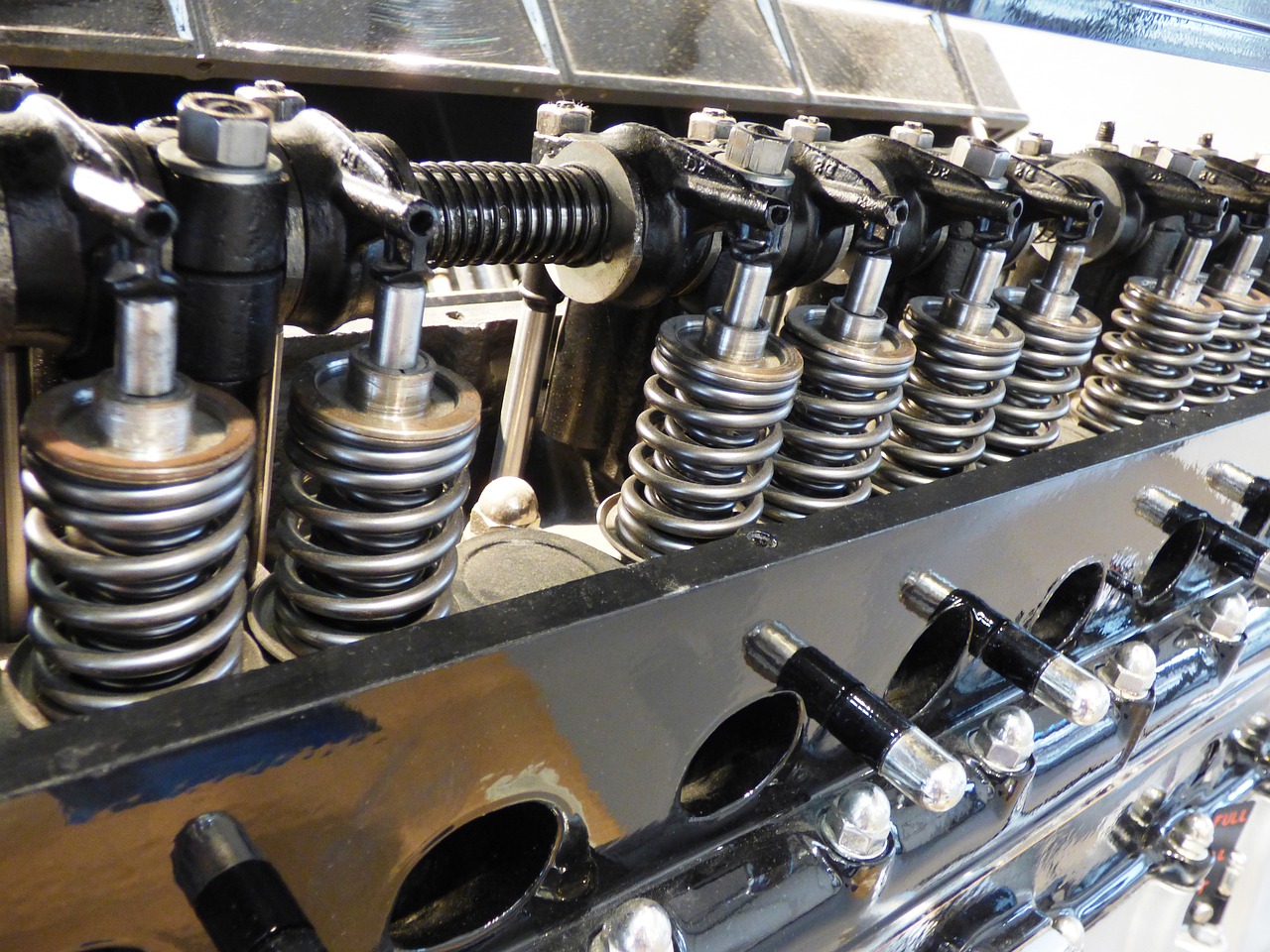
Overview of Quilting Techniques
Understanding the foundations of quilting is essential for both beginners and seasoned quilters alike. At its core, quilting is the art of sewing together layers of fabric to create a warm and often beautiful blanket or decorative piece. The two primary techniques that dominate this craft are hand quilting and machine quilting. Each method offers its own unique charm, history, and practical applications, making them appealing to different types of quilters.
Historically, quilting has roots that stretch back to ancient civilizations, where it was primarily a functional craft aimed at providing warmth. Over the centuries, quilting evolved from a necessity into a cherished art form. Hand quilting, with its meticulous attention to detail, has been passed down through generations, often seen as a meditative practice that connects the quilter to their craft. On the other hand, machine quilting emerged as technology advanced, allowing for greater efficiency and precision in creating quilts.
When we talk about the processes involved, hand quilting is characterized by the slow, deliberate stitching of layers by hand, often using a needle and thread to create intricate designs. This method allows quilters to express their creativity fully, as they can choose their patterns and stitching styles without the constraints of a machine. In contrast, machine quilting employs sewing machines, which can quickly stitch through multiple layers of fabric, making it ideal for larger projects or those with tight deadlines.
Both techniques have their advantages and disadvantages. For instance, hand quilting is often viewed as a labor of love, resulting in a quilt that carries the personal touch of the maker. It’s not uncommon for hand-quilted pieces to become family heirlooms, treasured for their uniqueness and the time invested in their creation. Conversely, machine quilting allows for faster completion times, which can be a game-changer for quilters who wish to produce multiple quilts or need to finish a project quickly.
In summary, the choice between hand quilting and machine quilting often comes down to personal preference, the desired outcome, and the time available for the project. Whether you lean towards the traditional, tactile experience of hand quilting or the speed and efficiency of machine quilting, both techniques offer a rich tapestry of possibilities for creative expression in the world of quilting.

Hand Quilting: A Timeless Art
Hand quilting is more than just a sewing technique; it’s a celebration of tradition and a testament to the art of craftsmanship. For many, the act of hand quilting is akin to meditation, where each stitch becomes a moment of mindfulness. Unlike machine quilting, which often prioritizes speed and efficiency, hand quilting allows for a personal touch, making each quilt a unique masterpiece infused with the quilter's personality and passion. This method has stood the test of time, evolving from a necessity in the past to a cherished hobby for many today.
As you dive into the world of hand quilting, you’ll discover a rich tapestry of techniques and tools that have been passed down through generations. Imagine sitting in a cozy corner, fabric spread out before you, needle in hand, and the rhythmic motion of stitching bringing a sense of peace. It’s this meditative experience that draws many to hand quilting, as it offers not just a creative outlet but also a way to connect with history and tradition.
When embarking on a hand quilting journey, the right tools and materials are essential. You’ll want to gather a few key items:
- Needles: Hand quilting needles are typically longer and more slender, designed to pass through multiple layers of fabric with ease.
- Thread: Opt for high-quality cotton thread, which not only holds up well but also provides a beautiful finish.
- Fabric: Choosing the right fabric is crucial, as it can significantly affect the quilt's look and feel.
With these tools in hand, you’re ready to explore the various techniques that hand quilting offers, each providing a different aesthetic and emotional experience.
The fabric you select for hand quilting can make or break your project. Different fabrics come with unique textures, patterns, and weights, all of which contribute to the quilt's overall appearance and durability. For instance, cotton is a popular choice due to its versatility and ease of handling. However, you might also consider fabrics like linen for a rustic look or flannel for a cozy feel. When choosing fabric, think about:
- Color Schemes: Consider how colors complement each other and the overall theme of your quilt.
- Texture: The feel of the fabric can enhance the tactile experience of the quilt.
- Durability: Ensure the fabric can withstand the wear and tear of use.
Mastering hand quilting involves learning various techniques that can elevate your work from ordinary to extraordinary. Some fundamental techniques include:
- Running Stitch: This simple stitch is the backbone of many quilting patterns and is great for beginners.
- Whip Stitch: Ideal for joining two pieces of fabric, this stitch is both functional and decorative.
- Backstitch: Known for its strength, this stitch is perfect for outlining designs.
As you practice these techniques, you'll find that hand quilting not only improves your sewing skills but also allows for greater creativity and expression in your projects.
Hand quilting offers a plethora of benefits that machine quilting simply can't match. For starters, it provides a personal connection to your work. Each stitch is a reflection of your effort, time, and love poured into the quilt. Moreover, hand quilting allows for a level of detail and intricacy that is often lost in machine quilting. It’s about the journey as much as the destination; the process can be therapeutic, offering a chance to unwind and escape the hustle and bustle of everyday life. Many quilters find that this method fosters a deeper appreciation for the craft, as they become intimately familiar with the materials and techniques they employ.
In conclusion, hand quilting is not just a method of creating beautiful quilts; it’s an experience that connects you to a rich history and allows for a profound expression of creativity. Whether you’re a seasoned quilter or just starting, the art of hand quilting offers endless possibilities for personal expression and artistic exploration.
Q: How long does it take to hand quilt a quilt?
A: The time it takes to hand quilt a quilt can vary greatly depending on the size of the quilt and the intricacy of the design. It can take anywhere from a few weeks to several months.
Q: Do I need special tools for hand quilting?
A: While you can hand quilt with basic sewing supplies, investing in quality needles, thread, and fabric will enhance your experience and results.
Q: Can beginners start with hand quilting?
A: Absolutely! Hand quilting is a fantastic way for beginners to learn sewing techniques at their own pace.

Tools and Materials for Hand Quilting
When diving into the world of hand quilting, having the right tools and materials is essential for achieving stunning results. It’s akin to a painter choosing their brushes and colors; the right choices can make all the difference in the final masterpiece. So, what do you need to embark on your quilting journey? Let’s explore!
First and foremost, a good quilt frame or hoop is crucial. This tool helps to keep your fabric taut, allowing for more precise stitching. Think of it as the canvas for your artwork; without it, your fabric can become wrinkled and difficult to work with. There are various types of frames available, from traditional wooden frames to modern adjustable ones, so you can choose one that fits your style and space.
Next, let’s talk about needles. Hand quilting requires special needles designed to penetrate multiple layers of fabric. A betweens needle is often preferred due to its short length and small eye, making it easier to maneuver through the fabric. You’ll also want to consider the thread. A high-quality cotton thread is often recommended, as it provides strength and durability while also being easy to work with. Opt for a thread that matches your fabric color or one that provides a contrasting pop for an artistic flair.
Choosing the right fabric is another vital aspect of hand quilting. The fabric you select not only affects the quilt’s appearance but also its texture and durability. Cotton is the most popular choice due to its versatility and ease of handling. However, you might want to experiment with blends or specialty fabrics for unique effects. Remember, the texture of the fabric can influence how well your stitches show, so consider this when making your selections.
Finally, don't overlook the importance of a good cutting mat and rotary cutter. These tools will help you prepare your fabric pieces with precision, ensuring that everything fits together perfectly. Think of the cutting mat as your workspace, allowing you to create clean lines and shapes, while the rotary cutter acts like a knife slicing through butter, making your cutting process smooth and efficient.
In summary, the right tools and materials can elevate your hand quilting experience from ordinary to extraordinary. Whether you’re a beginner or a seasoned quilter, investing in quality items will not only enhance your craftsmanship but also make the process more enjoyable. So gather your tools, choose your fabrics wisely, and let your creativity flow!
- What type of fabric is best for hand quilting? Cotton is the most recommended fabric due to its durability and ease of handling.
- Do I need a special needle for hand quilting? Yes, a betweens needle is ideal as it is designed for hand quilting and can easily maneuver through multiple layers of fabric.
- Can I use any thread for hand quilting? It’s best to use high-quality cotton thread, which provides strength and a good finish.
- How can I keep my fabric taut while quilting? Using a quilt frame or hoop will help keep your fabric tight and make stitching easier.
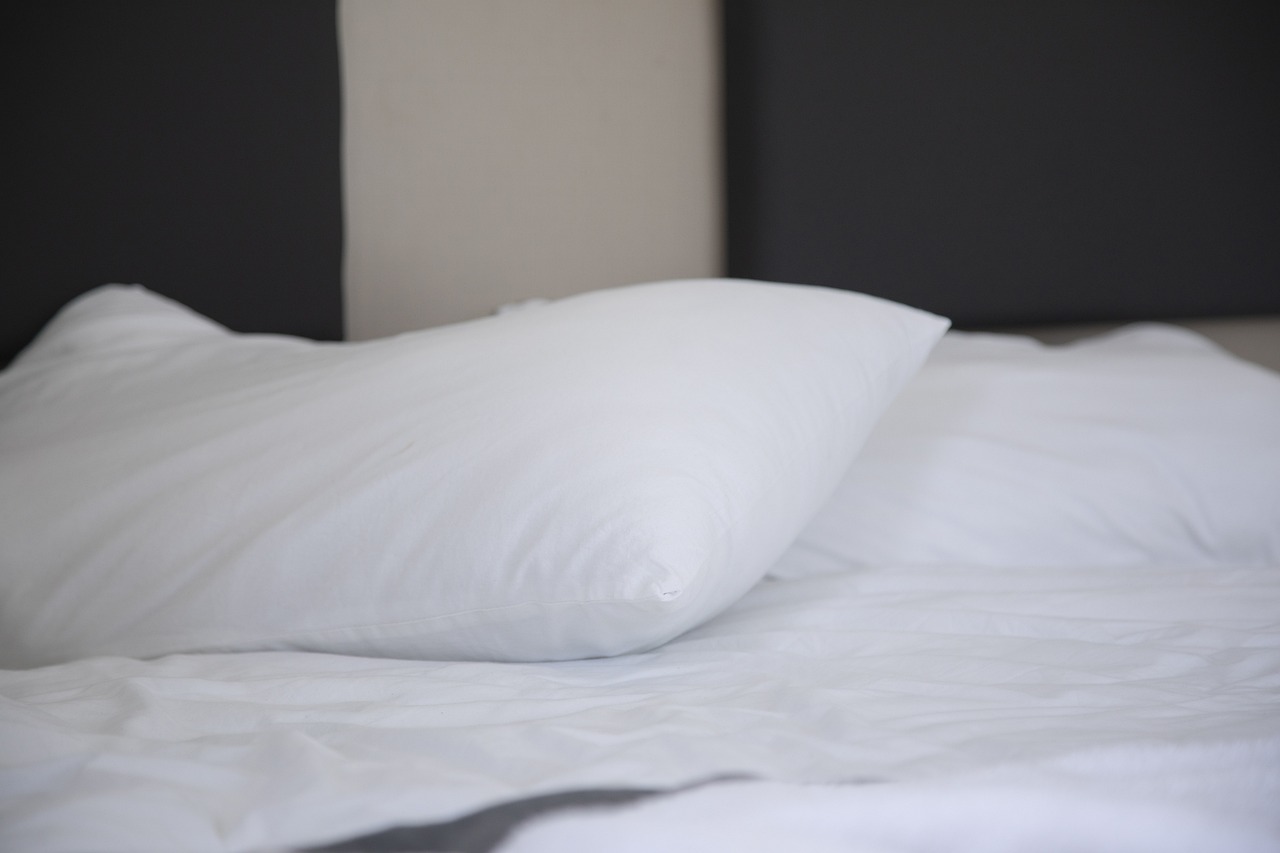
Choosing the Right Fabric
When it comes to hand quilting, the fabric you choose can make all the difference between a quilt that dazzles and one that disappoints. Think of fabric as the canvas for your masterpiece; it sets the tone, the texture, and the overall vibe of your quilt. So, how do you select the perfect fabric? First, consider the type of quilt you want to create. Are you going for a cozy, traditional feel, or something modern and vibrant? This decision will guide your fabric choices significantly.
Next, it's essential to think about the weight and drape of the fabric. Quilting cotton is a popular choice due to its durability and ease of handling, but don't overlook other options like flannel for warmth or silk for a touch of luxury. Each fabric type has its own characteristics that can affect the final look of your quilt. For instance, using a lightweight fabric can result in a more delicate quilt, while heavier fabrics can provide a sturdy, long-lasting piece. Here’s a quick rundown of common fabric types:
| Fabric Type | Characteristics | Best For |
|---|---|---|
| Quilting Cotton | Durable, available in many prints | General quilting projects |
| Flannel | Soft, warm, slightly stretchy | Cozy quilts and children’s projects |
| Silk | Lustrous, lightweight, delicate | Luxurious quilts and decorative pieces |
| Batiks | Colorful, unique patterns, tightly woven | Art quilts and intricate designs |
Moreover, color and pattern play a significant role in your fabric selection. This is where your creative instincts come into play! Consider how different colors interact with one another. Do you want a quilt that pops with bold colors, or are you leaning towards a more subdued palette? Patterns can also add depth and interest to your quilt. Mixing different patterns can create a dynamic look, but be cautious; too many competing designs can lead to visual chaos. A good rule of thumb is to choose one dominant pattern and complement it with simpler designs.
Finally, don't forget about pre-washing your fabrics. This step is crucial, especially if you’re using cotton or fabrics that may shrink or bleed. Pre-washing helps to ensure that your quilt maintains its beauty after the first wash. It’s like giving your fabric a little spa day before it gets to work! By taking the time to choose the right fabric, you’re not just selecting materials; you’re laying the foundation for a quilt that tells a story, reflects your personality, and brings warmth to your home.
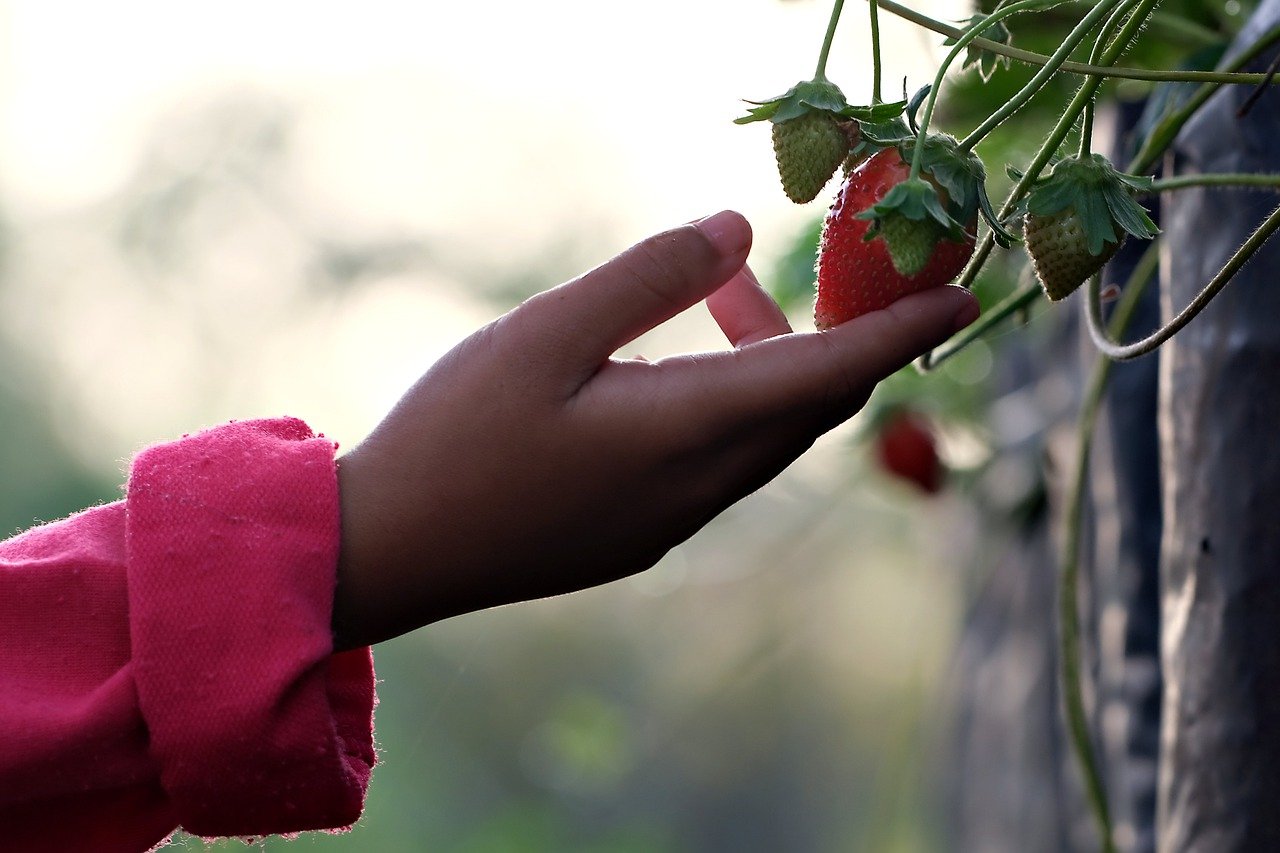
Essential Hand Quilting Techniques
Hand quilting is not just a craft; it's an art form that requires patience, skill, and a deep appreciation for the intricacies involved. To truly master this timeless technique, it's essential to understand the fundamental hand quilting techniques that can elevate your projects from simple to stunning. One of the primary styles is the running stitch, which is often the go-to for beginners. This technique involves a simple up-and-down motion of the needle, creating a series of evenly spaced stitches that can be both functional and decorative.
Another popular technique is the backstitch, which provides a stronger seam and is perfect for outlining designs or securing layers together. By sewing each stitch backward, you create a solid line that not only holds your fabric in place but also adds a unique texture to your quilt. For those looking to add a touch of elegance, the whip stitch is a fantastic option. This method is commonly used for finishing edges or joining layers, and it allows for a neat, almost invisible seam that enhances the quilt's overall aesthetic.
As you dive deeper into hand quilting, you may also encounter the appliqué technique, where fabric shapes are sewn onto a larger piece of fabric, creating beautiful designs and patterns. This method can involve various stitches, such as the blind stitch or zigzag stitch, adding dimension and interest to your quilt. Each technique not only serves a functional purpose but also allows for personal expression, making your quilt a true reflection of your style.
To help you navigate these techniques, here’s a quick comparison of some essential hand quilting methods:
| Technique | Description | Best For |
|---|---|---|
| Running Stitch | A simple up-and-down stitch for basic quilting. | Beginners, general quilting |
| Backstitch | A strong stitch that secures seams and outlines. | Durability, detailed work |
| Whip Stitch | A neat stitch for finishing edges. | Seam finishing, appliqué |
| Appliqué | Attaching fabric shapes to a base fabric. | Decorative designs, creativity |
As you practice these techniques, remember that hand quilting is as much about the journey as it is about the finished product. Embrace the process, enjoy the rhythm of stitching, and let your creativity flow. Each stitch is a step towards creating something uniquely yours, a quilt that tells a story through its patterns and colors.
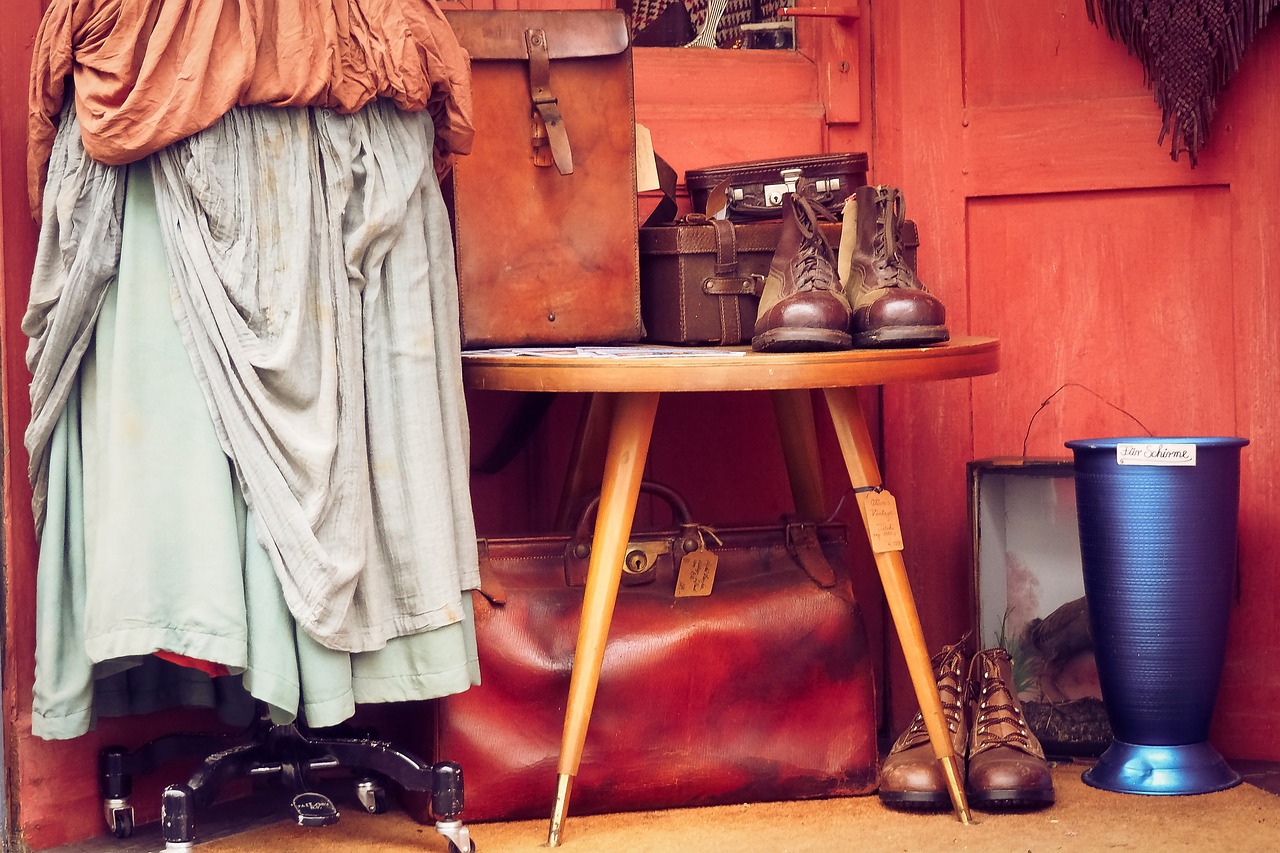
The Benefits of Hand Quilting
Hand quilting is not just a method; it’s a journey that many enthusiasts cherish. One of the most significant benefits of hand quilting is the opportunity for personal expression. Each stitch becomes a part of the creator's story, allowing quilters to infuse their personality and emotions into every project. Unlike machine quilting, where precision is key, hand quilting embraces the beauty of imperfection. This unique quality gives each quilt a sense of warmth and individuality that machine-made quilts often lack.
Moreover, hand quilting offers a meditative experience. The rhythmic motion of stitching can be incredibly soothing, providing a much-needed escape from the hustle and bustle of daily life. As you thread your needle and pull it through layers of fabric, you might find your mind wandering into a peaceful state, almost like a form of moving meditation. Many quilters report that this process helps them unwind and destress, making it not just a hobby but a therapeutic outlet.
Another major advantage is the control it gives the quilter. With hand quilting, you can easily manipulate the fabric, allowing for intricate designs and patterns that might be challenging to achieve with a machine. For instance, you can create beautiful motifs or even write messages in stitches, turning your quilt into a personal canvas. This level of detail is often what draws people to hand quilting, as it allows for a deep connection to the craft.
In addition, hand quilting can be a social activity. Many quilters enjoy gathering with friends or joining quilting circles where they can share techniques, stories, and laughter. These gatherings foster a sense of community, making the quilting experience more enriching and enjoyable. The camaraderie found in these groups can be incredibly inspiring, pushing quilters to experiment and grow in their craft.
Lastly, hand quilting is often seen as a way to preserve tradition. As quilting techniques evolve, many enthusiasts choose to stick with hand quilting to honor the rich history of the craft. This method connects quilters to generations past, allowing them to carry on a legacy of artistry and craftsmanship. By choosing hand quilting, you're not just creating a beautiful piece; you're also becoming a part of a long-standing tradition that values skill, patience, and creativity.
In summary, the benefits of hand quilting are numerous and profound. From personal expression and meditative qualities to the sense of community and tradition, hand quilting offers a unique experience that many find deeply rewarding. Whether you're a seasoned quilter or just starting, embracing this method can lead to a fulfilling journey filled with creativity and connection.
- What materials do I need for hand quilting? You will need fabrics, needles, thread, and a quilting hoop or frame.
- How long does it take to hand quilt a quilt? The time varies depending on the quilt's size and complexity, but hand quilting can take significantly longer than machine quilting.
- Can beginners learn hand quilting? Absolutely! Hand quilting can be a great way for beginners to start their quilting journey, as it allows for more control and creativity.
- Is hand quilting better than machine quilting? It depends on personal preference. Hand quilting offers a unique artistic touch, while machine quilting is faster and more precise.
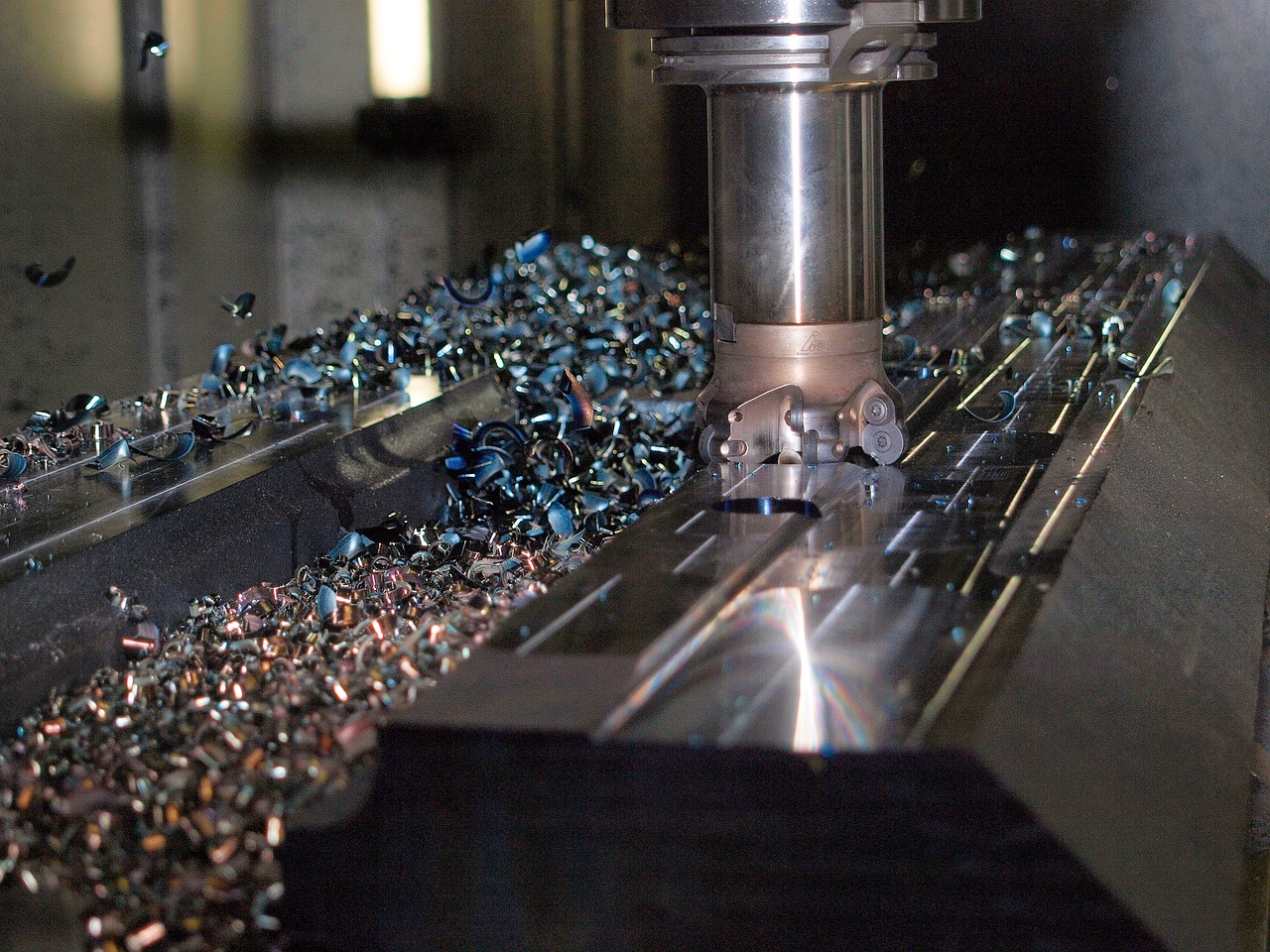
Machine Quilting: Efficiency and Precision
Machine quilting has transformed the quilting landscape, bringing a level of efficiency and precision that was once unimaginable with traditional hand quilting methods. Imagine being able to complete a quilt in a fraction of the time it would take by hand! This method utilizes sewing machines to stitch multiple layers of fabric together, allowing quilters to create intricate designs and patterns with remarkable speed. Whether you are a seasoned quilter or just starting out, understanding the mechanics behind machine quilting can open up a world of possibilities for your quilting projects.
At the heart of machine quilting is the sewing machine itself. There are several types of machines available, each designed with specific features that cater to different quilting styles. For instance, some machines come equipped with a walking foot that helps to evenly feed multiple layers of fabric, while others allow for free-motion quilting, where the quilter has complete control over the stitching path. This versatility means quilters can choose the machine that best suits their creative vision and skill level.
One of the standout benefits of machine quilting is its speed. While hand quilting can be a labor of love, often taking weeks or even months to complete a single project, machine quilting can cut that time down significantly. For example, a quilt that might take 40 hours to hand quilt could potentially be finished in just 10 hours with a machine. This efficiency is particularly appealing for quilters working on large projects or those who want to create multiple quilts in a shorter timeframe.
Additionally, the precision offered by machine quilting is unparalleled. The consistent stitch length and tension achieved by a sewing machine can elevate the overall quality of the quilt. Imagine the satisfaction of knowing that every stitch is uniform, creating a polished and professional finish. This level of detail can be especially important for quilters who participate in competitions or showcase their work in exhibitions.
However, it’s essential to note that machine quilting does have its own set of challenges. For instance, mastering the machine can take time, and the learning curve might be steep for some. Quilters must also be mindful of their fabric choices and thread types to avoid complications during the quilting process. A well-planned approach to machine quilting can help mitigate these issues and enhance the overall experience.
In summary, machine quilting is a game-changer for many in the quilting community. Its efficiency and precision allow quilters to bring their creative visions to life faster and with greater accuracy. Whether you’re looking to whip up a cozy quilt for your home or create a stunning piece for a special occasion, machine quilting has the tools to help you achieve your goals.
- What is the best machine for a beginner quilter? - For beginners, a simple sewing machine with basic quilting features is recommended. Look for one with a walking foot and easy-to-use settings.
- Can I machine quilt on a regular sewing machine? - Yes, many regular sewing machines can be used for quilting. Just ensure you have the appropriate foot and settings.
- How do I prevent fabric from shifting while machine quilting? - Using a walking foot and pinning your layers securely can help prevent shifting during the quilting process.
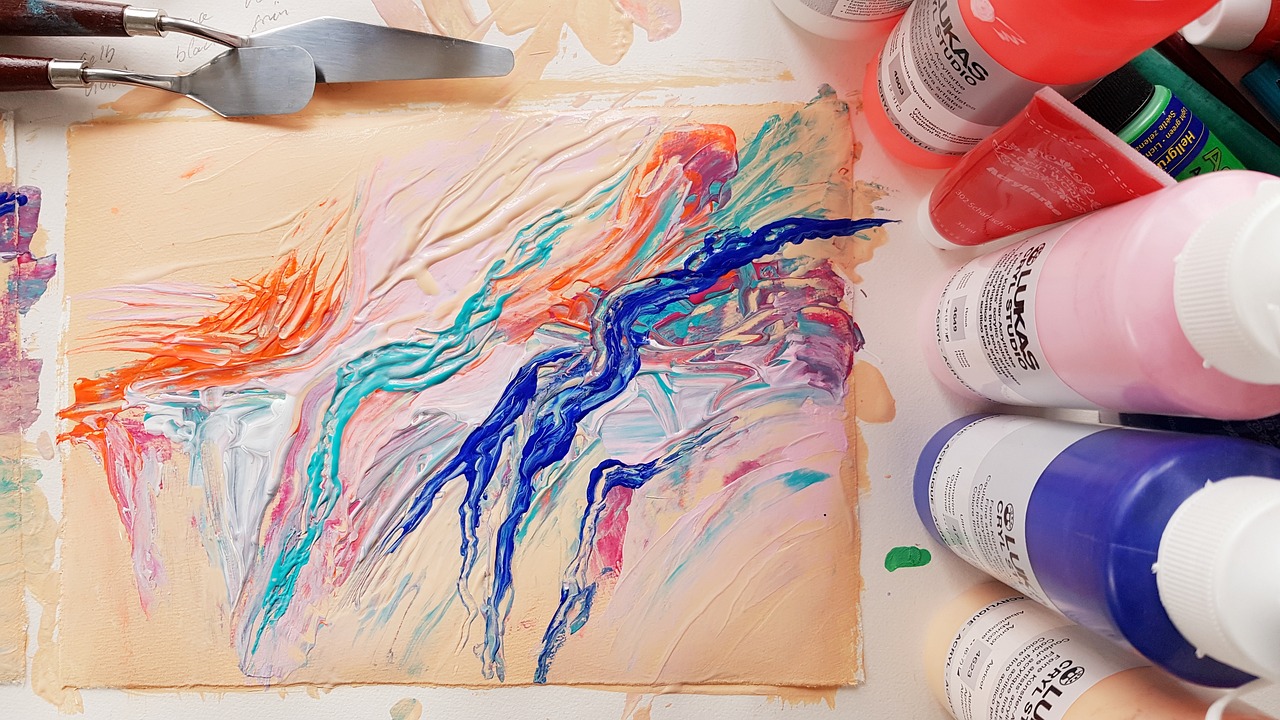
Types of Machine Quilting
When it comes to machine quilting, there are various techniques that cater to different styles, preferences, and skill levels. Understanding these techniques can help you choose the right one for your quilting projects, whether you're a beginner or an experienced quilter. One of the most popular methods is free-motion quilting, which allows the quilter to move the fabric in any direction while stitching. This technique offers a lot of creative freedom, enabling you to create intricate designs and patterns that can be as simple or as complex as you desire. Imagine it as painting with thread, where your sewing machine becomes your brush!
Another common technique is walking foot quilting. This method utilizes a special presser foot that feeds the fabric evenly through the machine, making it ideal for straight lines and even stitches. It’s perfect for those who want to achieve a polished look without the challenge of free-motion quilting. The walking foot is like a trusty assistant, guiding your fabric smoothly while you focus on your design. It’s particularly useful for quilting layers together, ensuring that everything stays aligned.
Additionally, there’s the stitched-in-the-ditch technique, where the quilter stitches along the seams of the quilt top. This method is often used for a clean, subtle finish that enhances the quilt's overall structure without overwhelming the design. It's akin to adding the final touches to a masterpiece, where the seams become the frame that holds everything together.
For those who enjoy a bit of technology in their crafting, computerized quilting has emerged as a game-changer. This technique involves using a quilting machine that can be programmed to execute intricate designs automatically. It’s like having a personal assistant that can replicate your favorite patterns with precision and speed. This method is particularly appealing to quilters who want to produce high volumes of quilts without sacrificing quality.
In summary, the world of machine quilting is diverse and exciting, with various techniques to explore. Each method offers its own set of advantages, whether you’re looking for creativity, precision, or efficiency. By understanding these different types, you can find the perfect approach to suit your quilting needs and unleash your creativity. Remember, the choice of technique can significantly impact the final outcome of your quilt, so take the time to experiment and find what works best for you!
- What is the best machine for quilting? The best machine for quilting varies based on your needs, but many quilters recommend machines with a larger throat space for easier maneuvering.
- Can I use my regular sewing machine for quilting? Yes, you can use a regular sewing machine for quilting, but specialized quilting feet and needles may enhance your experience.
- How do I choose between hand and machine quilting? It depends on your personal preference! Hand quilting is more meditative and allows for intricate designs, while machine quilting is faster and more efficient.
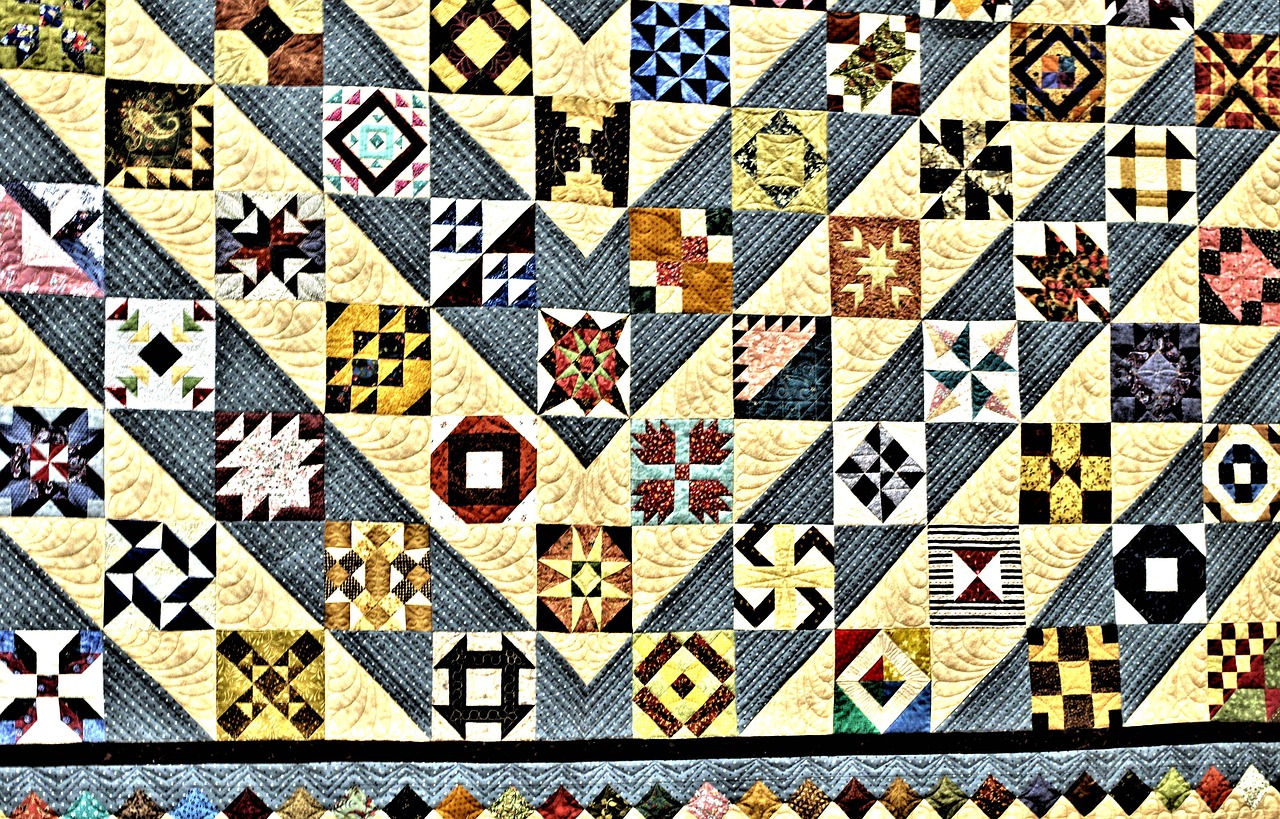
Advantages of Machine Quilting
Machine quilting has become a game-changer in the world of quilting, offering a variety of advantages that appeal to both seasoned quilters and newcomers alike. One of the most significant benefits is the speed at which a quilt can be completed. Unlike hand quilting, which can take weeks or even months to finish, machine quilting allows for rapid progress. Imagine being able to transform a pile of fabric into a beautiful quilt in just a few days! This efficiency is particularly beneficial for those who may be working on multiple projects or need to produce quilts for specific occasions.
Another advantage is the precision that machine quilting offers. With the right machine, quilters can achieve intricate designs and patterns that may be challenging to replicate by hand. For instance, using a walking foot or a free-motion quilting foot can enable quilters to create stunning, uniform stitches that enhance the overall look of the quilt. This level of detail can elevate a quilt from a simple craft to a true work of art.
Machine quilting also opens up a world of creative possibilities. Many modern quilting machines come equipped with various stitch patterns and designs, allowing quilters to experiment with different styles and techniques. This versatility means that quilters can easily switch between basic straight stitches for piecing and decorative stitches for quilting, all within the same project. Plus, with advancements in technology, some machines even offer computerized quilting options, making it possible to create complex designs with just the push of a button.
Furthermore, the physical strain associated with hand quilting can be taxing on the body. Long hours spent hunched over a quilt can lead to discomfort and fatigue. Machine quilting, on the other hand, allows for a more ergonomic approach, as the quilter can adjust their posture and work at a comfortable height. This can make the quilting process more enjoyable and less strenuous, especially for those who may have physical limitations.
Lastly, machine quilting can be a great way to connect with the quilting community. Many quilters share their machine quilting experiences through online forums, social media, and local quilting groups. This sense of community can provide support, inspiration, and a wealth of knowledge that can help quilters improve their skills and techniques. Whether you’re a beginner or an expert, engaging with others who share your passion can enhance your quilting journey.
In conclusion, while hand quilting has its own unique charm, the advantages of machine quilting—speed, precision, creative possibilities, reduced physical strain, and community engagement—make it an appealing choice for many quilters. Whether you’re looking to complete a quilt in record time or explore new techniques, machine quilting can offer a fulfilling and enjoyable experience.
- What is the best machine for quilting? The best machine depends on your needs, but many quilters recommend brands like Bernina, Brother, and Janome for their reliability and features.
- Can I machine quilt on a regular sewing machine? Yes, you can! Many quilters successfully use regular sewing machines for quilting, especially for smaller projects.
- How do I choose the right thread for machine quilting? Look for high-quality thread that is compatible with your machine. Cotton or polyester threads are popular choices.
- Is machine quilting faster than hand quilting? Generally, yes! Machine quilting allows for faster completion of quilts due to the efficiency of sewing machines.
Frequently Asked Questions
- What is the main difference between hand quilting and machine quilting?
The primary difference lies in the technique used. Hand quilting involves stitching the layers of the quilt together by hand, which allows for greater creativity and personal expression. On the other hand, machine quilting utilizes a sewing machine to achieve faster and more precise stitching, which can be more efficient for larger projects.
- Is hand quilting more time-consuming than machine quilting?
Yes, hand quilting typically takes more time because each stitch is done manually. This method can be quite meditative and allows quilters to connect more deeply with their work. Conversely, machine quilting is generally quicker, making it a popular choice for those with time constraints.
- What tools do I need for hand quilting?
For hand quilting, you'll need a few essential tools: quality quilting needles, thread, a thimble, and scissors. Additionally, having a good quality fabric and a quilting hoop or frame can enhance your experience and results.
- Can I use any fabric for hand quilting?
While you can technically use any fabric, it's best to choose cotton or cotton blends for hand quilting. These fabrics are easier to work with, hold stitches well, and provide a lovely finish. Avoid fabrics that fray easily or have a lot of stretch.
- What are the benefits of hand quilting?
Hand quilting offers several benefits, including the opportunity for artistic expression and a tactile, hands-on experience. Many quilters find it to be a relaxing and rewarding process, allowing them to create unique pieces that reflect their personal style.
- What types of machines are used for machine quilting?
There are various types of machines suitable for machine quilting, including standard sewing machines, quilting machines, and longarm machines. Each type has its own features, with longarm machines being particularly popular for their ability to handle larger quilts with ease.
- Which quilting method is best for beginners?
For beginners, machine quilting might be easier to start with due to its speed and efficiency. However, hand quilting can also be a great way to learn the basics of stitching and fabric manipulation. Ultimately, it depends on personal preference and the type of quilting experience you’re seeking.
- Can I combine hand and machine quilting?
Absolutely! Many quilters enjoy combining both techniques to take advantage of the benefits each offers. For instance, you might use machine quilting for the majority of the quilt and finish with hand quilting for decorative elements, creating a beautiful blend of styles.



















